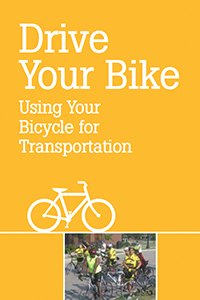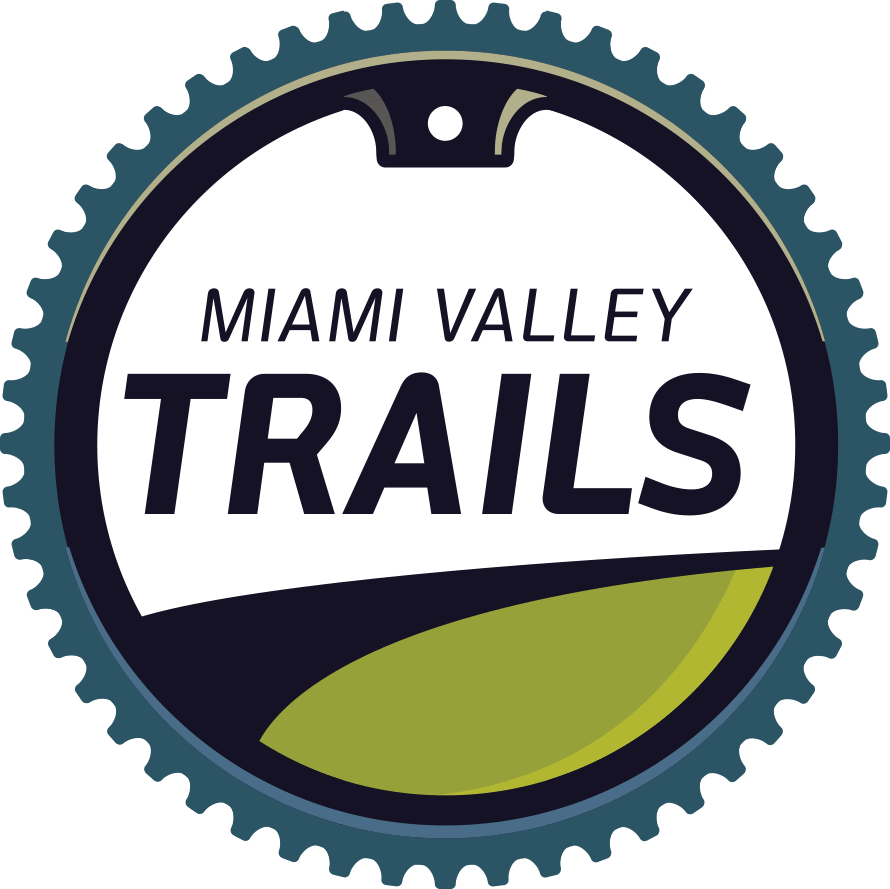Safety for all users on the Miami Valley’s shared use trails is of paramount importance. Remember, the trails are a shared public space — safety and courtesy make for a positive trail experience for everyone. So, please respect your fellow trail users.
Safety Tips:
- Stop, look and listen for motor traffic before proceeding across the road! There are locations where the trail crosses streets with motor traffic. These intersections are usually marked with stop signs for trail traffic, but the crossing motor traffic does not have to stop.
- Pass others on the left. Just like out on the road, faster trail users should pass slower users on the left. Give an audible warning with a bell, or call out “Passing on your left!”
- Pets on the trail should be under control at all times. Please remove pet wastes.
- Don’t litter along the trails. Leave only footprints (or tire tracks); take only pictures.
- There are no helmet laws for cyclists on the trails but here is a helmet fitting guide for reference.
- Be prepared to change a bike tire.
Speed Guide
It is the nature of these trails that users are moving at different speeds. Parents with children and folks with pets are moving slowly. Nature photographers are practically motionless. ‘Bladers and Bicyclists are moving fast and faster. Please note, only class 1 and class 2 electric bikes are allowed on the Miami Valley Trails. Class 3 e-bikes are prohibited. With a mix of speeds, there’s a need to understand where you fit in, and whom to yield to when out on the trails. The short rule is:
Wheels Yield to Heels
Here’s a guide by user types, from slowest to fastest:
Trail Use for Parents with Small Children
- Keep an eye on children on the path. Be mindful that kids (on foot or bike) sometimes veer into the path of oncoming traffic especially cyclists who may not be able to slow down.
- If your child is cycling, be sure they are skilled enough to control the bike, and maneuver as needed to share the trail and safely pass.
- Teach children that they must share the trail.
Trail Users with Disabilities
- Nearly all portions of the trails are accessible. Disabled users could be in a wheelchair, or a "racing chair." Both are about twice as wide as a bicycle and neither are as maneuverable as a bicycle.
- A trail user may not have an obvious disability. They may have hearing or vision problems. Some may have a problem with their balance.
- Trail users with a disability may need an extra bit of courtesy when they interact with horses and riders since they cannot ambulate without the vehicle, so they can't yield off the trail.
- An inline-skater overtaking another trail user with a disability should shorten their stride, so that the other trail user can change direction or steer away or around the blade-user.
Trail Use for Walkers
- Walkers are almost always the slowest trail user. All of the others are faster and will be coming from behind to pass.
- Walk on the right side of the trail, slowest traffic keep right; pass on left.
- At busy areas on the trail, avoid walking three abreast. Two people walking side by side fills up a lot of trail. When faster traffic comes up from behind switch from walking abreast to in-line to give them room to go by you safely.
- Pay attention to the traffic. Look and listen for oncoming, overtaking and crossing traffic.
- If using earbuds while on the trail, make sure the volume is low enough that you can still hear others on the trail.
- Be sure pets are under control at all times.
Trail Use for Runners
- Runners are faster than the walkers but not as fast and the skaters.
- Pay attention to the traffic. Look and listen for oncoming, overtaking and crossing traffic.
- If using earbuds while on the trail, make sure the volume is low enough that you can still hear others on the trail.
- When approaching slower traffic move to the left side of the trail (pass on left only) and say loudly before you get to the walkers: "On Your Left." This will give them time to clear the way.
Trail Use for In-Line Skaters
- Skaters are much faster than walkers and runners.
- When approaching slower traffic move to the left side of the trail (pass on left only) and say loudly: "On Your Left." This will give them time to clear the way. Special Note: Watch for cracks and tree roots that make the trail less than safe. Check to see if the trail is rough in advance.
Trail Use for Bicyclists
- Bikes are the fastest traffic on the trail. Very fast riding is inappropriate for the trails and should be done on public roadways.
- Warn slower moving traffic that you are passing. Sound your bell or say loudly before you get to the other traffic "On Your Left." The speeds of a bike make it possible to startle other trail users, so don't wait to give your warning until you are right next to the walker or runner. Do give enough time.
Trail Use for e-Bike Users
-
Follow all guidelines for regular bikes, and...
-
Please note, only class 1 and class 2 electric bikes are allowed on the Miami Valley Trails. Class 3 e-bikes are prohibited.
-
Electric bikes are faster and heavier than normal bikes, so additional caution should be used in crowded sections of the trail. A collision with a pedestrian will have more serious consequences with an e-bike.
-
Slow to appropriate speeds in order to share the trail with slower users. This may mean having to walk your bike in certain locations at certain times of day.
Trail Use with Equestrians
- Horseback riding is allowed on trails in Greene County only.
- Horses are large (1000 pounds or more), skittish and shy creatures. Small things will cause them to shy or buck.
- They can be startled by a bicycle, skater or runner so make verbal contact with the rider and be sure it is safe to pass.

Ohio Bicycling Street Smarts
Using your bike for everyday transportation means you’ll want to reach destinations off the trail. Eventually you will be sharing the road with motor traffic.



"Drive Your Bike" is a handy pocket guide to using your bike for everyday transportation from our partner, MVRPC. Download it now!
This compact tutorial, available as a 46-page booklet and an online version from the author, John Allen, will increase your safety and confidence while bicycling on any road, whether you are a beginner or an expert. You'll have more fun and feel better about riding, be it for pleasure, fitness or transportation. See below for information about obtaining copies of the printed version.
Table of Contents
- Off to a Good Start
- Where to Ride on the Road
- Riding Through Intersections
- Getting Across Non-Standard Intersections
- Steering Out of Trouble
- Using Your Brakes
- Riding in Groups
- Riding in Rain and Darkness
- Ways to Deal with Tough Situations
- Riding with Confidence
More Safe Cycling Resources
Public Service Announcements from Montgomery County Sheriff, Phil Plummer:
Check out the Ohio Bicycle Federation’s page for cycling education and safety.
Check our Calendar for cycling education classes.



